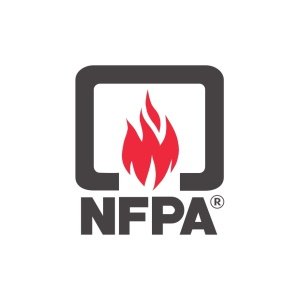To raise awareness of occupational cancer risks and firefighter contamination, the National Fire Protection Association (NFPA), International Association of Fire Chiefs (IAFC) Safety Health & Survival Section, and the National Volunteer Fire Council (NVFC) have launched the ‘Fire Service Safety Stand Down Quiz’ Sweepstakes.
The informative and interactive online quiz emphasizes the importance of the 2019 Safety Stand Down theme, ‘Reduce Your Exposure: It’s Everyone’s Responsibility.’ The NFPA, IAFC and NVFC are asking all fire and emergency services personnel to promote and take the 2019 quiz, which is available.
Non-Emergency activities
The quiz contains 13 questions that center around decontamination best practices and resources developed to reduce the risk of firefighter exposure. Everyone who completes the quiz will be automatically entered into the sweepstakes and 200 randomly selected participants will win a limited edition challenge coin commemorating this year’s Safety Stand Down theme.
Safety Stand Down is a joint educational and awareness initiative of the IAFC, NVFC, and NFPA. The event takes place on June 16-22, and agencies across the country are encouraged to suspend all non-emergency activities during that time so that they can focus on training and education related to the current theme.
Firefighter health and safety
An entire week is provided to ensure that all shifts and personnel can participate. Topic information, training downloads, and videos can be found at the official website for the Safety Stand Down event. “Within the fire service today, one of the greatest concerns is firefighter contamination – and rightly so,” said Curt Floyd, NFPA’s fire service technical lead and a former deputy fire chief.
“NFPA is proud to collaborate with the IAFC and NVFC on the Safety Stand Down campaign so that we are keeping the issues of firefighter exposure on the forefront. The sweepstakes quiz, and the campaign itself, helps us to remind firefighters and others that we need to remain vigilant when it comes to firefighter health and safety.”
















